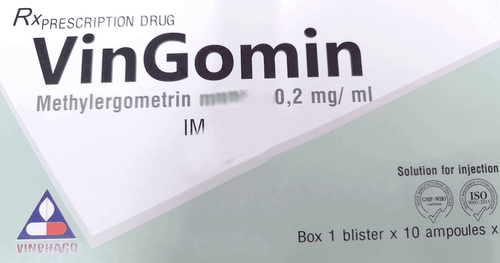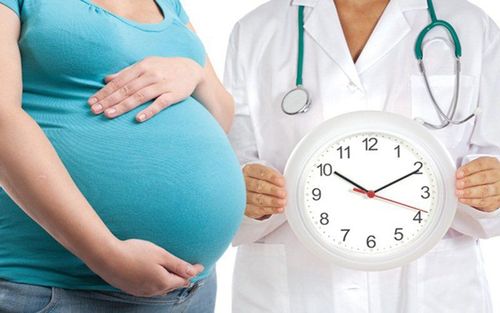This is an automatically translated article.
The article was professionally consulted with Doctor Obstetrician and Gynecologist - Department of Obstetrics and Gynecology - Vinmec Hai Phong International General Hospital.
Postpartum haemorrhage is a common obstetric complication and the leading cause of maternal mortality after childbirth. This is a phenomenon of prolonged postpartum bleeding that needs to be carefully considered and treated promptly, to avoid unfortunate consequences.
1. Definition of postpartum bleeding
Bleeding (postpartum haemorrhage) through the vagina with a blood volume exceeding 500ml after a woman gives birth is called postpartum bleeding. This is one of the 5 most common obstetric complications and potentially fatal for the mother.
Accordingly, it is necessary to distinguish the phenomenon of prolonged bleeding after giving birth from the discharge because usually after giving birth, the mother will have blood loss but with a small amount and then stop completely, only the discharge remains. outside the vagina in less and less quantity. The doctor needs to evaluate the amount of blood that the mother loses after giving birth, if the blood loss is more than 300ml, it starts to pose a danger to the mother.
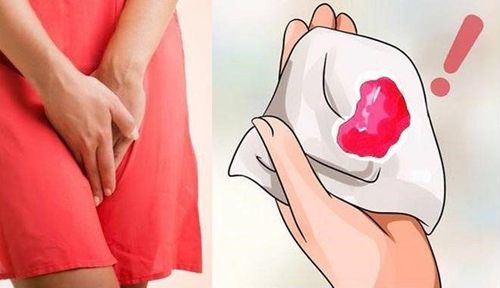
2. Causes of prolonged postpartum bleeding and signs to recognize
2.1 Postpartum bleeding due to uterine atony
Your uterus does not contract after the fetus and placenta have been expelled. Uterine atony causes bleeding after placental abruption, the uterus is dilated, flaccid, has poor or non-contractile contractions, and there is no safe mass.
2.2. Genital tract trauma
The mother suffered trauma to the genital tract, especially uterine rupture, vulva tear, vaginal tear, perineal tear, cervix... Examination revealed that the uterus had recovered well but the blood still flowed out of the vagina. The blood is bright red, oozing or continuous in a stream, lacerations and blood clots are found in the genital tract.
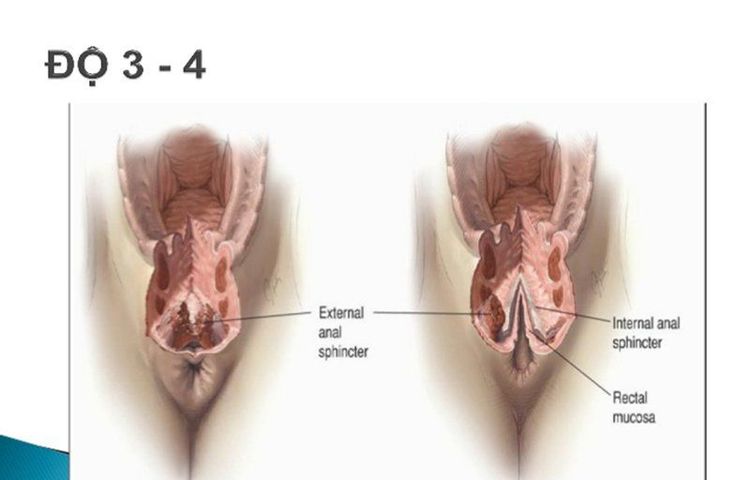
2.3. Abnormalities in the process of detachment, placenta
Pregnant women with abnormalities in the process of placental abruption, placental abruption: placental abruption, placental membrane retained. The recognized symptoms are vaginal bleeding after placental abruption, the uterus may have poor contraction, the bleeding may be less or more, the blood may be bright red and clotted. A placental defect can be detected early by examining the placenta and membranes. If detected late, pregnant women with a lot of blood loss may go through shock.
2.4. Each other does not fall off
No placental abruption occurs within 30 minutes of delivery. In case of partial placental implantation: 30 minutes after the delivery of the fetus, the placenta does not shed and bleeds more/less depending on the extent of the placental abruption or narrowing. The case of the full set of placenta is quite rare and does not cause bleeding.
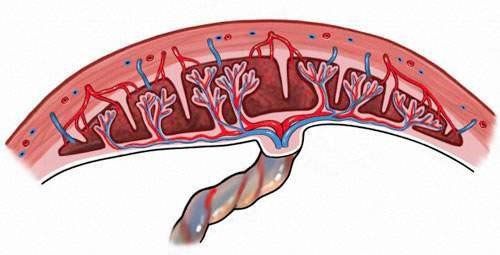
2.5. Pregnant women with blood clotting disorders
In addition to signs of prolonged postpartum bleeding and abnormal clotting indicators, pregnant women may also have symptoms of fatigue, panic or lethargy, pale skin and mucous membranes, and cold limbs. When a pregnant woman loses a lot of blood, it will lead to a rapid pulse and a decrease in blood pressure. To prevent postpartum haemorrhage, a woman should be carefully evaluated for coagulation prior to labor.
2.6. Pregnant women at high risk of postpartum hemorrhage
Twins Big pregnancy Polyhydramnios Multiple births Prolonged labor History of bleeding from previous birth
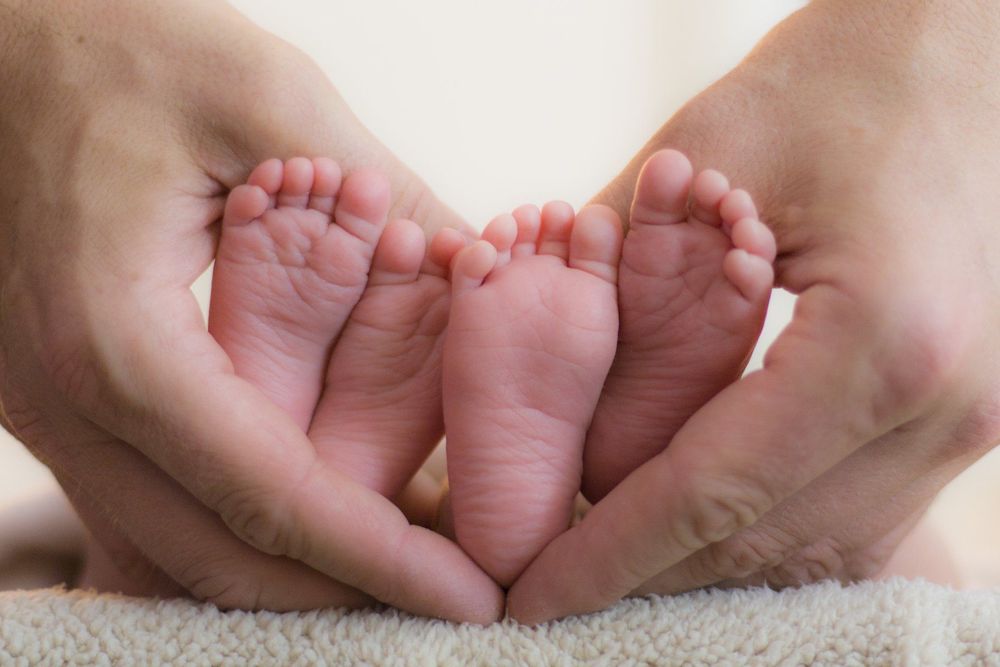
3. Management of prolonged postpartum bleeding
Each cause of postpartum hemorrhage will have a different treatment:
3.1. Uterine stagnation
Apply hemostatic measures such as: uterine massage, abdominal aortic block, uterine block through the abdominal wall, ectopic compression with two hands or intra- and ectopic pressure. Insert urinary catheter. Monitor the uterus to remove any residual placenta and blood clots. Intramuscular oxytocin (5 - 10 units), can be repeated 2 times. If the uterus does not contract, inject Ergometrin 0.2mg 1 ampoule intramuscularly or use Misoprostol 200mcg 1-4 sublingual tablets. Shock infusion. Systemic antibiotics. If the management of prolonged postpartum bleeding is not effective, a partial hysterectomy must be performed (the woman has had enough children). Combination of surgery, resuscitation and blood transfusion.
3.2. Genital tract trauma
Temporarily stop bleeding by clamping the bleeding site or by inserting it firmly in the vagina. Give antibiotics to prevent infection. Sew up the perineum or tears in the genital tract with dissolvable sutures, loose nose at the cervix, sacrum, vulva. In particular, it is necessary to sew several layers at the site of the perineal tear. Depending on the location, size and progression of the hematoma for appropriate management.
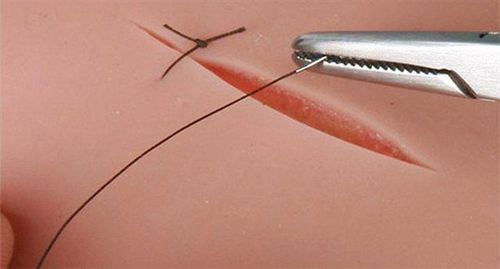
3.3. Abnormalities in the process of detachment, placenta
Intravenous infusion. Administer analgesia (10mg morphine may be used with an intramuscular injection) and perform uterine control. Intramuscularly 5-10 units Oxytocin or Ergometrin 0.2mg. Use systemic antibiotics. Monitor pulse, blood pressure, bleeding, and uterine contractions. If bleeding persists, add Oxytocin intramuscularly/intravenously or intramuscularly 1 ampoule of Carbetocin 100mcg or Prostodin.
3.4. Each other does not fall off
Perform placental abruption and control the uterus Intramuscular Oxytocin 10 units. Uterine massage, shock resuscitation, blood transfusion, surgery and antibiotics. If the partial placenta is bleeding or the total placenta is fully implanted, the uterus must be removed.
3.5. Blood clotting disorder
Medical treatment is mainly with fresh blood transfusion and treatment of the cause. Closely monitor vital signs for timely emergency.

4.Prevention of postpartum hemorrhage
In order to prevent pregnant women from having postpartum haemorrhage, medical staff must deliver labor with correct technique and gentleness, avoiding trauma to the genital tract, and at the same time perform the following methods:
When there is damage to the tract: genitalia, need to be detected early and treated promptly. Monitor pregnant women for the first 6 hours after giving birth, especially the first 2 hours to detect prolonged postpartum bleeding or abnormal bleeding. All pregnant women must be carefully evaluated for coagulation before delivery. Postpartum haemorrhage, defined as cumulative blood loss of 1,000 mL or blood loss due to signs or symptoms of hypovolemia within 24 hours of birth, is the leading cause of maternal death worldwide. gender. Therefore, the mother after giving birth needs to be monitored and given emergency treatment promptly when there is postpartum hemorrhage to ensure the safety of the mother and avoid unnecessarily bad consequences.
Vinmec International General Hospital offers a Package Maternity Care Program for pregnant women right from the first months of pregnancy with a full range of antenatal care visits, periodical 3D and 4D ultrasounds and routine tests to ensure that the mother is healthy and the fetus is developing comprehensively. Pregnant women will no longer be alone when entering labor because having a loved one to help them during childbirth always brings peace of mind and happiness.
In addition, pregnant women will be consulted and checked for health under the close supervision of experienced and specialized Obstetricians, helping mothers have more knowledge to protect their health during pregnancy. period as well as minimizing complications affecting mother and baby during and after childbirth.
Please dial HOTLINE for more information or register for an appointment HERE. Download MyVinmec app to make appointments faster and to manage your bookings easily.





